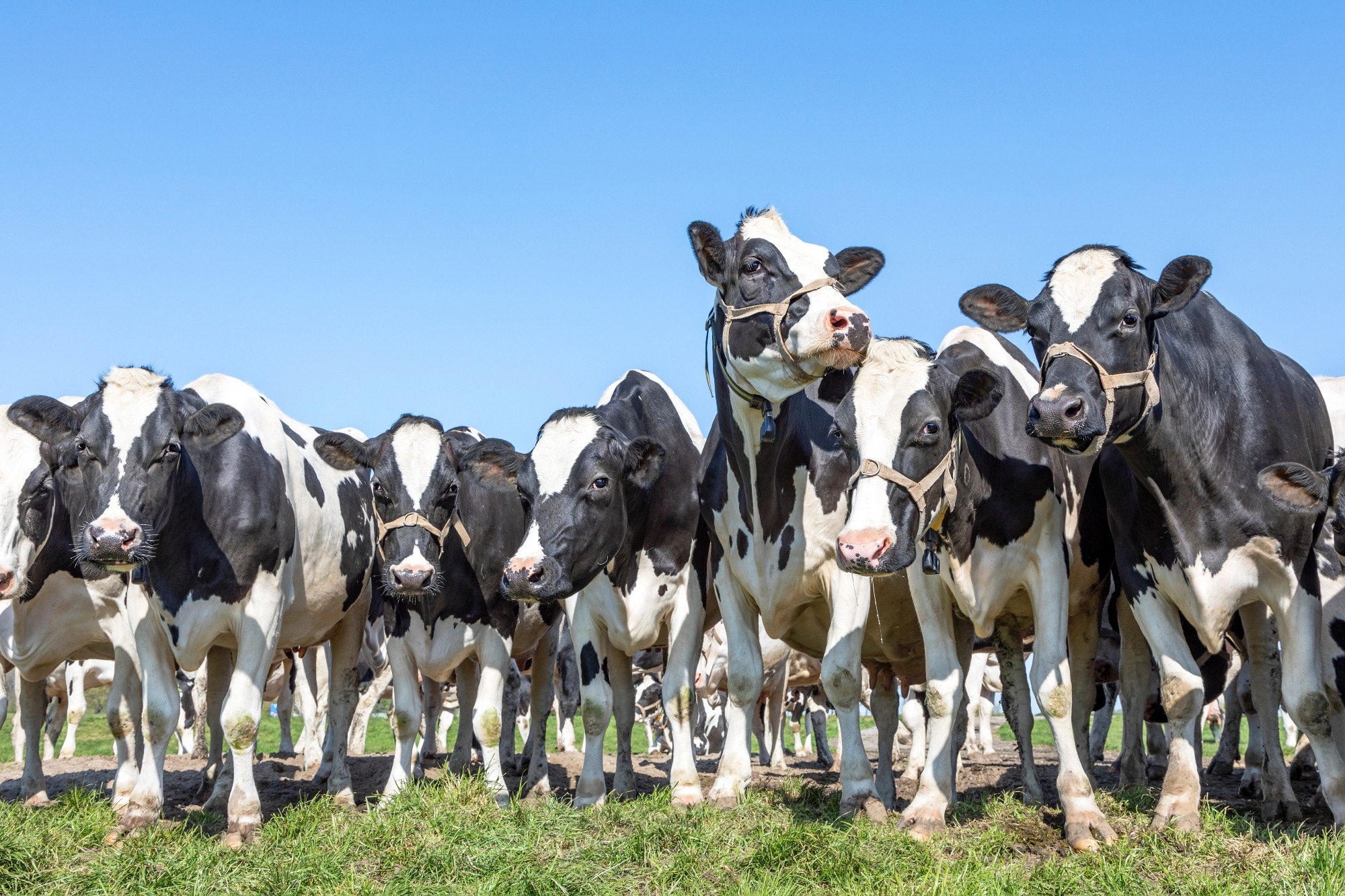A powerful simulation of H5N1 transmission across 35,974 US herds shows that the virus is far more widespread than reported, raising urgent calls for better farm surveillance and stronger disease control.
 Study: A mathematical model of H5N1 influenza transmission in US dairy cattle. Image Credit: Clara Bastian / Shutterstock
Study: A mathematical model of H5N1 influenza transmission in US dairy cattle. Image Credit: Clara Bastian / Shutterstock
In a recent study in the journal Nature Communications, researchers developed and tested a novel stochastic metapopulation transmission model to predict the scale, the most important epidemiological data, and the states at highest risk in the ongoing H5N1 avian influenza epidemic in US dairy cattle. The model simulates H5N1 transmission between 35,974 herds in the US, with cattle movement informed by probabilistic outputs from the US Animal Movement Model (USAMM) and verified using Interstate Certificates of Veterinary Inspection data.
Model findings predict that the West Coast states have the highest disease burden, with Arizona and Wisconsin at the highest risk of future outbreaks. The study highlights gaps in current biosecurity surveillance systems and suggests that dairy outbreaks are in the 2025 forecast, necessitating urgent interventions addressing these gaps.
Background
The United States (US) dairy industry represents a significant portion of the nation’s GDP (3%). For its routine functioning, the industry requires frequent movement of the 9 million milk cows. Unfortunately, this practice often contributes to transmitting communicable diseases (such as avian influenza) between otherwise isolated cattle herds.
The US dairy industry is currently facing a severe threat - highly pathogenic avian influenza H5N1. The outbreak brought the disease into the limelight from farms in Texas, Kansas, and New Mexico (February 2024). By December 2024, this outbreak had spilled over to 720 cattle herd infections and 35 human infections across the US. Recent phylogenetic research and structural analyses on the responsible H5N1 strain suggest that a specific single mutation could be sufficient to allow for human receptor binding, sparking concerns about the dairy viral reservoir in the country and increasing the risk of viral adaptation to humans.
Unfortunately, no research estimates of the H5N1 epidemic’s size or predictions of future hotspots exist.
“In previous bovine disease outbreaks, such as bovine spongiform encephalopathy and foot-and-mouth disease in the UK, public health responses have been significantly aided by modeling studies to estimate rates of under-reporting, estimating key epidemiological mechanisms, and quantifying the impact of control policies. Such efforts have not yet been applied to the current bovine H5N1 epidemic in the US.”
About the study
The present study addresses these knowledge gaps by designing and developing a stochastic metapopulation transmission model (SEIR) to simulate H5N1 transmission in 9,308,707 milk cows (35,974 herds) across the continental US (48 states; 2022 census data). It uses a Bayesian evidence synthesis approach to estimate epidemiological parameters matching reported outbreaks.
The model simulation was initiated by infecting five cows in Texas based on phylogenetic analyses suggesting an initial spillover in December 2023, with additional seeding reflecting early reported outbreaks. Migration of cattle between herds was estimated using a probability function computed using data from the US Animal Movement Model (USAMM). Model parameters were fit using Markov Chain Monte Carlo simulations.
Model objectives were to assess the proper size of the H5N1 epidemic, evaluate the impacts of current mitigation measures on future outbreaks, identify critical epidemiological data required to prepare for future outbreaks, and predict future outbreak hotspots.
Study findings
Susceptible-Exposed-Infected-Recovered (SEIR) infection dynamics models (20,000 stochastic simulations) revealed that most current H5N1 infections in dairy cattle are concentrated along the country’s West Coast. While the model was observed to overestimate case densities in some predicted outbreaks (Texas, Ohio, and New Mexico), the model successfully simulated outbreaks for states with frequent reporting like California, though it overestimated reported outbreaks in some other states (Texas, Ohio, and New Mexico), which the researchers interpret as potential under-reporting in those states relative to California's baseline.
Alarmingly, only 16 of the 26 states where the model indicated a majority of simulations would see an H5N1 outbreak by December 2nd, 2024, had actually reported one, suggesting a high degree of under-reporting. Arizona and Wisconsin are expected to become future hotspots of H5N1 outbreaks. Indiana and Florida are also at significant risk of H5N1 outbreaks.
Investigations of current mitigation measures reveal that they are insufficient to control, much less reverse, the prevalence of H5N1 in the country. Notably, the only current mitigation measure enforced across states is testing exported cattle (screening up to 30 cows/herd for H5N1). Model predictions revealed that increasing this screening to even 100 cows/herd would result in only a slight reduction in mean outbreaks and would not fundamentally alter the epidemic's trajectory.
Notably, the SEIR infection model does not account for other zoonotic viral reservoirs in model predictions. The ongoing avian influenza epidemic and the possibility of these birds infecting cattle may exacerbate model predictions.
Conclusions
The present study and the SEIR model it presents suggest that current reports on the prevalence of H5N1 dairy cattle infections are an underrepresentation of the true concentration of the disease within the United States. Current anti-H5N1 transmission interventions are insufficient to prevent additional outbreaks throughout 2025. At the highest risk of future outbreaks, Arizona, Wisconsin, Florida, and Indiana require additional surveillance efforts.
“Significant increases in testing are urgently required to reduce the uncertainty of model projections and provide decision-makers with a more accurate picture of the true scale of the national epidemic.”